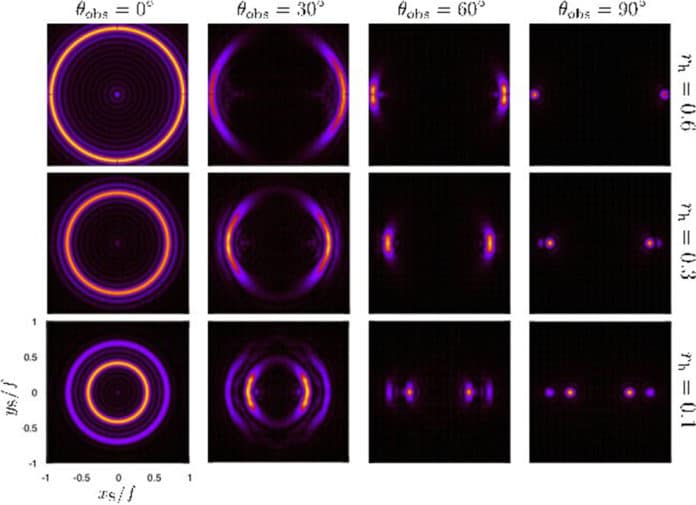Scientists from Osaka University, Nihon University, and Chuo University have devised a novel theoretical system whose experiment could be performed in a research center to more readily comprehend the physics of black holes. This project can reveal insight into the fundamental laws that govern the universe on both unimaginably small and vastly large scales.
Unfortunately, our comprehension of black holes stays fragmented, because the theory of general relativity—which is used to portray the laws of the universe at the scale of stars and systems—isn’t currently compatible with quantum mechanics. Since black holes, by definition, have a tremendous mass compressed into a small space, reconciling these fiercely effective, however, so far, clashing theories is essential to get them.
One promising approach to solve this conundrum is called string theory, which holds that all matter is made of very tiny vibrating strings. One version of this hypothesis predicts a correspondence between the laws of physics we see in our well-known four dimensions and strings in a space with an additional measurement. This is sometimes called a “holographic duality,” since it is reminiscent of a two-dimensional holographic plate that holds all the data of a 3-D-object.
In the newly published research, the authors, Koji Hashimoto (Osaka University), Keiju Murata (Nihon University) and Shunichiro Kinoshita (Chuo University) apply this concept to show how the surface of a sphere, which has two dimensions, can be used in a tabletop experiment to model a black hole in three dimensions.
In this setup, light emanating from a source at one point of the sphere is measured at another, which should show the black hole if the spherical material allows holography.
Hashimoto said, “The holographic image of a simulated black hole if observed by this tabletop experiment, may serve as an entrance to the world of quantum gravity. The researchers also calculated the radius of the Einstein ring that would be observed if this theory is correct.”
Keiju Murata said, “Our hope is that this project shows the way forward towards a better understanding of how our Universe truly operates on a fundamental level.”
